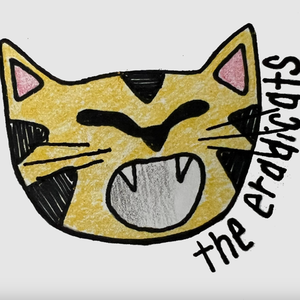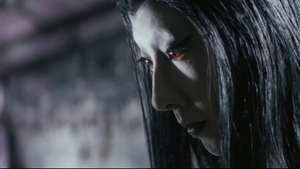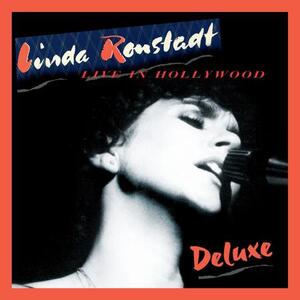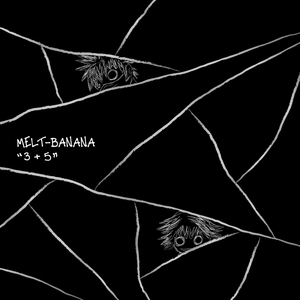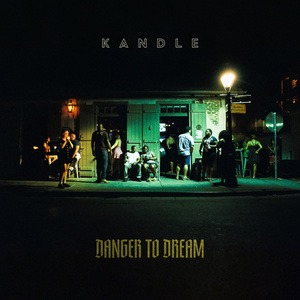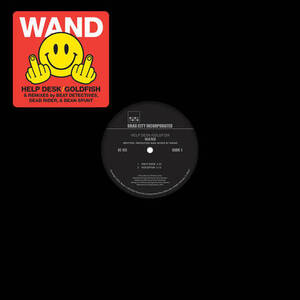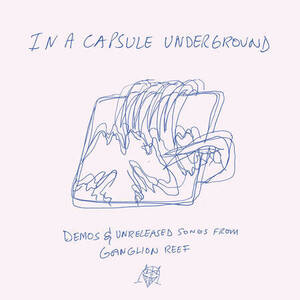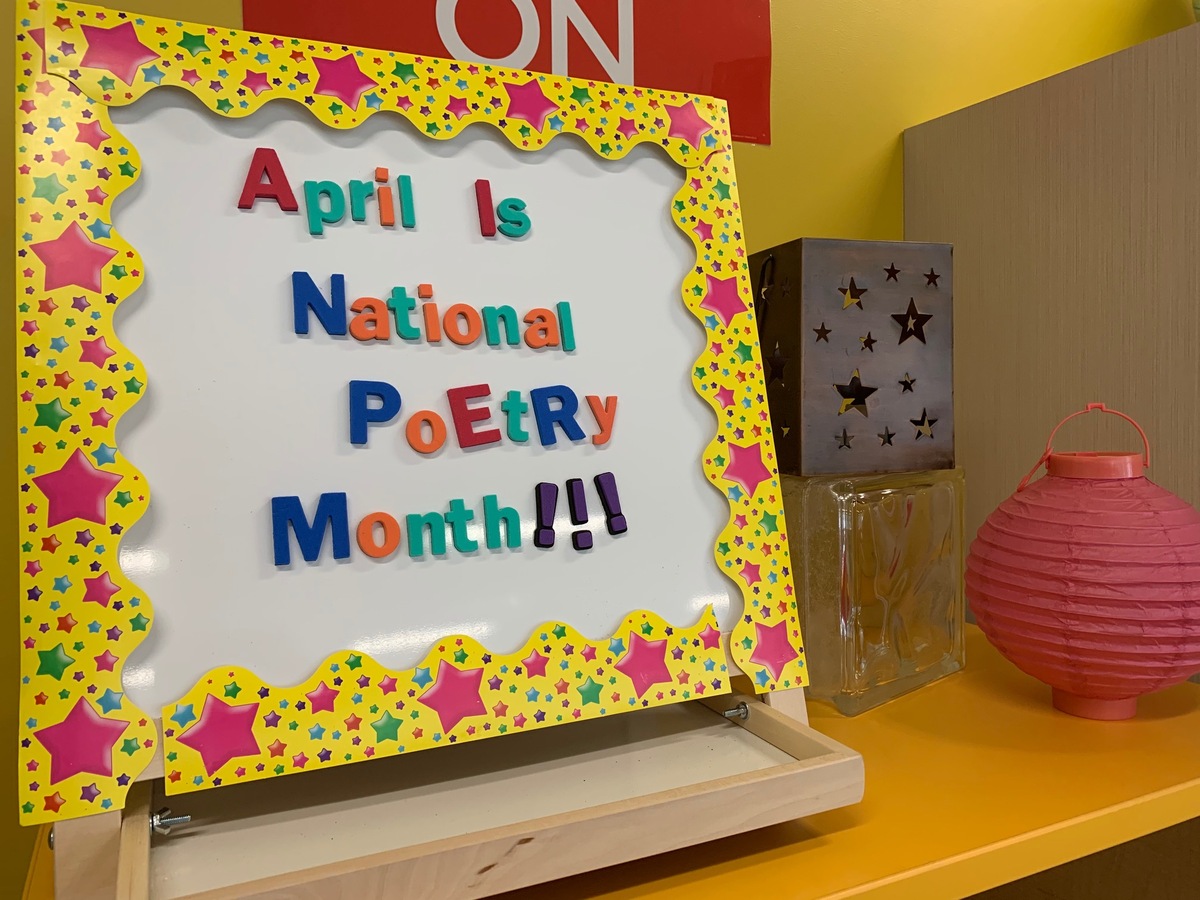
Getting teenagers to read and (gasp) enjoy poetry?
Poetic Virtues and Devices
by Comma Chameleon
Every April is a little different. Last year, in 2020, it almost might as well have not existed because “online learning” turned into “sleep in and then spend the day watching Tik Tok videos” for about 75% of my students. The year before that, I had my 8th grade English Language Arts students do a “gallery walk” to view quotes about poetry I’d printed and hung up around the room, then choose one to agree or disagree with and explain why (in proper paragraph format, of course). A few of the years, April finished with a Poetry Packet: 15 or so different types and forms of poetry from which students could choose 10 to write and turn in. For several years, our warm-ups to start class have consisted of practice identifying, then creating, types of figurative language like similes, onomatopoeias, and (a hard one for middle schoolers for some reason) personification.
April, in case you didn’t know, was National Poetry Month. It should come as no surprise to anyone who knows me that I sign up for a daily poem in my inbox from Knopf Publishing each April. I check out our school library’s entire poetry collection, some 125 books, and split it with the other 8th grade ELA teacher so we have lots of poetry on hand for silent reading time. Sometimes I give a little “book talk” to the whole class to recommend one, and sometimes I might recommend a particular book of poems to individual kids. “If you like funny poems…” or “These are called concrete poems, so they’re in the shape of what they’re about,” or “Remember that Edgar Allan Poe guy we learned about right before Halloween, who wrote the story about the guy who murdered the old man and buried him under the floor, but he went crazy and thought he could hear the old man’s heart beating under the boards? He wrote poems too! Here, see what you think!”
The first day we have the poetry books in our classroom, we play Poetry Bingo. I stack 8 or 10 poetry books on each table, hand out bingo sheets to students in pairs, and they spend the next 30 or 40 minutes running around opening, skimming, and reading poems so they can record poems’ titles and poets in squares such as “Written by a woman,” “About a tree,” or “Uses unconventional punctuation and/or spelling” (thanks, e.e. cummings). For the last 20 minutes of class, I give them time to sit and start actually reading some of the books, now that they know what’s out there. Clever, right? Making them play a game and earn Jolly Ranchers each time they get a bingo, when all the time my dastardly plan was actually to expose them to lots of different styles, subjects, and writers of poetry. Mwahaha!
This year, even though SSR (Silent, Sustained Reading) time should be, you know, silent and individual, I let two boys sit right next to each other and read from the same book at the same time. One of these boys does almost nothing every single day, no matter how many pencils I provide, check-ins I do to make sure he understands the instructions, or words of encouragement I give, but he’s rarely disruptive, at least. The other one does okay academically when he’s here, but he can be kind of a turkey, especially when the work doesn’t hold his attention.
Today, they are both riveted by one book.
I don’t know the exact ethnicity of either boy, but neither of them is white (like I am). They are reading Birmingham, 1963 by Carole Boston Weatherford, a poetic account of the church bombing that killed four little Black girls, through the eyes of a fictional child narrator. The boys turn and slowly read each page. There are archival photos throughout to illustrate the book-long poem (a dozen or so lines per page), which they also absorb. They don’t even whisper to each other.
When I notice they’re about halfway through, I quietly walk over to the counter and select How I Discovered Poetry by Maryilyn Nelson (fifty memoir-esque poems about the Black poet’s own childhood in the 1950’s), set it down in front of them, and murmur, “If you like that one, you might like this book, too,” and walk away. Teenage boys reading poetry are kind of like stray cats: if you show them too much attention, you’ll scare them away.
They read the second book, too. And then they each fill out two “I read a whole book of poetry!” slips, a sort of mini book review form that I tape up on the cabinet as a display of what poetry the kids have read. Even the boy who never has a pencil has filled them out!
And while I don’t think their lives are forever changed because their 8th grade English teacher gave them candy and let them share a book, I do think it made a little bit of an impact for them to be able to pick up a book written by and about people who look like them and share their history, unfortunately an experience I don’t think they’ve had very often. It’s not always about finding similes and personification, or identifying imagery, or figuring out metaphors. Sometimes the most important thing you can find in a poem is yourself.





